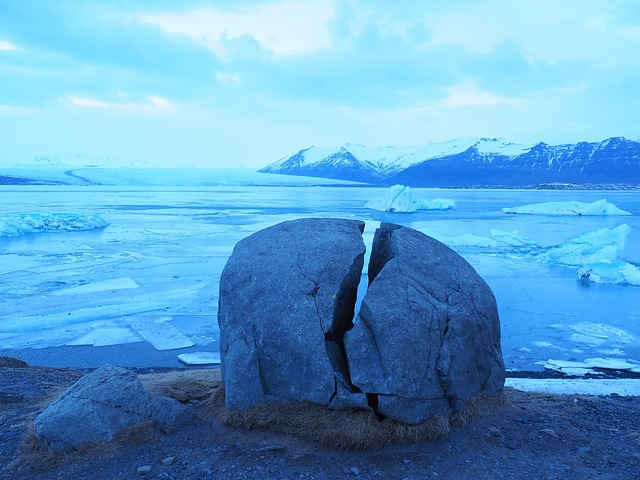The term mud” often evokes images of softness, transformation, and the natural world’s ebb and flow. Yet, when considered in the context of melting glaciers, it reveals a harsher reality of environmental change. As our planet’s temperatures continue to rise due to climate change, the majestic glaciers that once graced our landscapes are receding at an alarming rate. This meltwater, laden with sediments, contributes to the phenomenon we now recognize as “muddy waters.”
Glaciers act as natural reservoirs, slowly releasing freshwater into rivers and lakes. However, as they melt, they not only release water but also the sediments and pollutants trapped within their icy matrix. This leads to the formation of mud in bodies of water that were once clear and pristine. The influx of sediment can smother aquatic life, disrupt ecosystems, and lead to a decline in biodiversity. Fish that depend on clean habitats suffer as their breeding grounds become overwhelmed by murky conditions.
Furthermore, the increase in muddy waters isn’t merely a local issue; it resonates globally, affecting climate patterns and weather events. As glaciers melt, they contribute to rising sea levels, which can lead to coastal erosion and flooding. Communities that once thrived along the coastlines face existential threats as their land succumbs to the encroaching sea, turning their homes into muddy relics of what they used to be.
Moreover, the transformation of stable glacier landscapes into muddy terrain signifies a shift in climate dynamics. As sediment-rich runoff changes the properties of water bodies, it can alter the nutrient balance, creating conditions that may lead to harmful algal blooms. These blooms can produce toxins that further endanger marine life and threaten human health, showcasing how interconnected and fragile our environmental systems truly are.
The symbolism of mud serves as a potent reminder of both resilience and vulnerability. While mud embodies the processes of life and adaptation, it also illustrates the consequences of our actions on the planet. As we navigate the challenges posed by climate change, it is essential to recognize that these muddy waters are often a reflection of our own choices, urging us to take action for a sustainable future.
Addressing the issues associated with melting glaciers and the resulting muddy waters requires a collective effort. Initiatives aimed at reducing carbon footprints, protecting natural habitats, and restoring ecosystems are crucial steps toward slowing down the pace of glacier melt. Communities worldwide must come together, sharing knowledge and resources to combat the adverse effects of climate change.
As we reflect on the impact of melting glaciers, let us remember that the muddy waters they leave behind are not merely a consequence but also an opportunity for transformation. By addressing the root causes of climate change, we can work towards a future where our rivers and lakes are clear once again, supporting the rich tapestry of life that depends on them.



